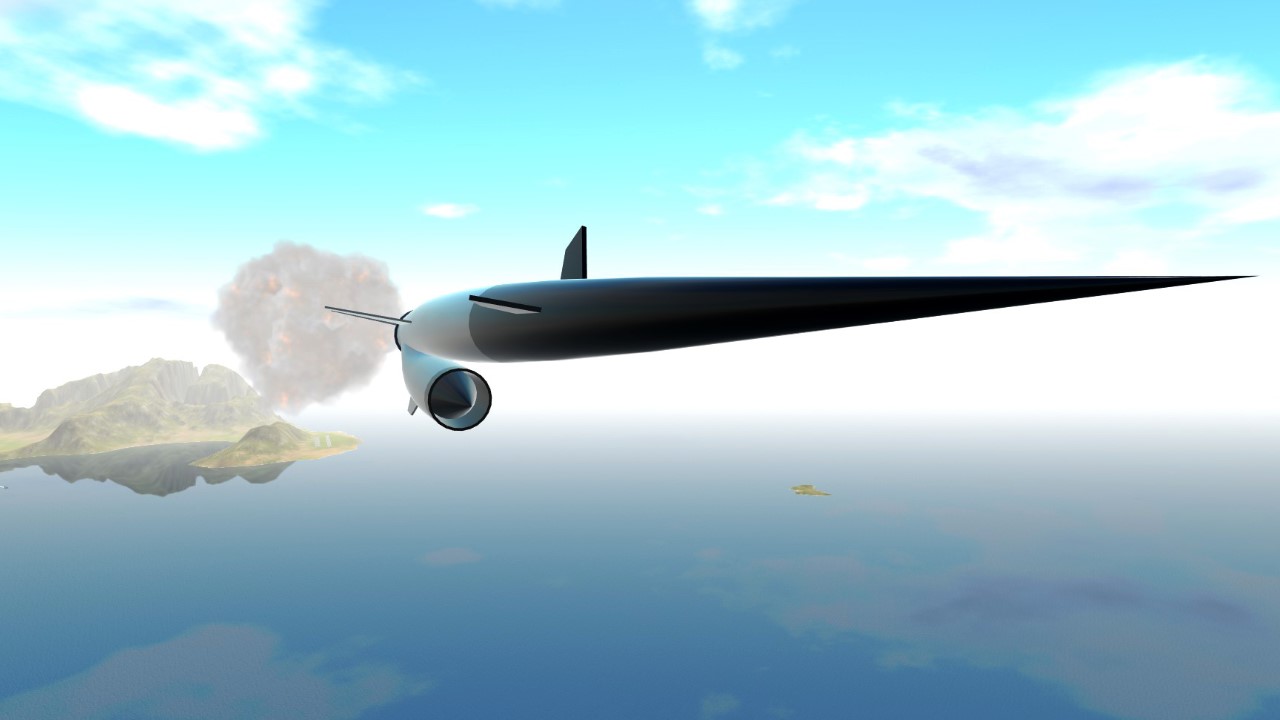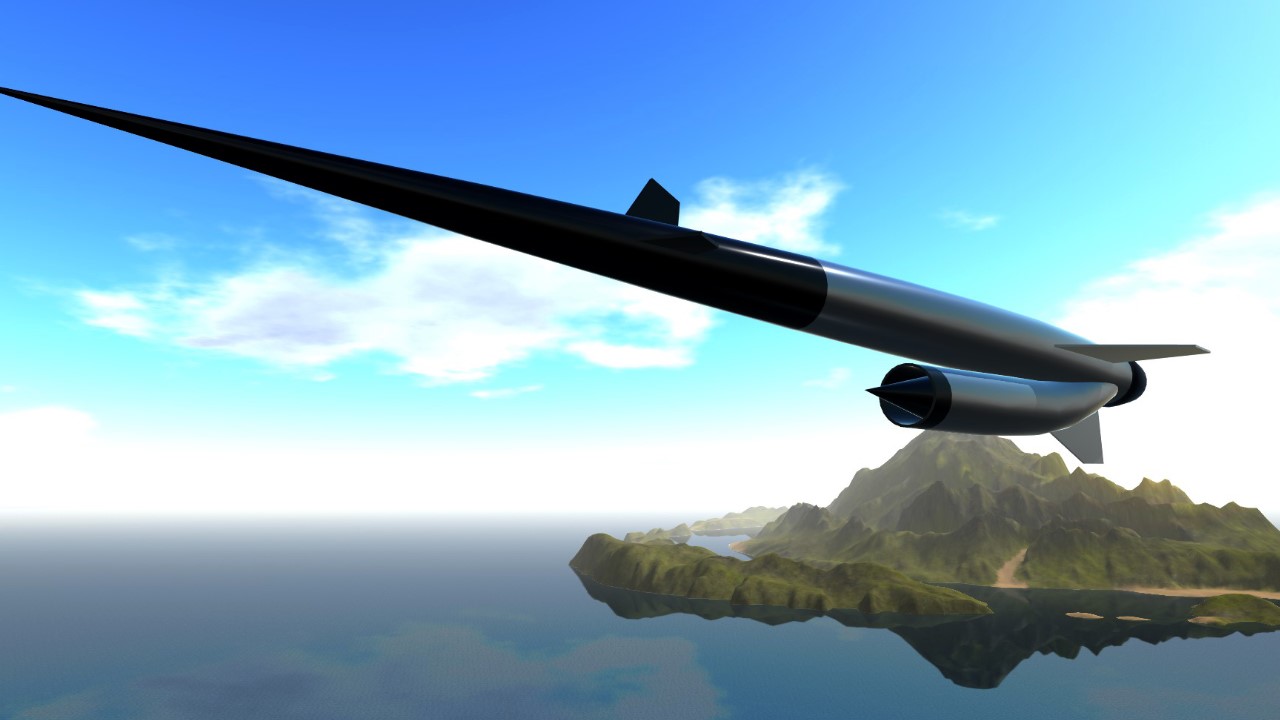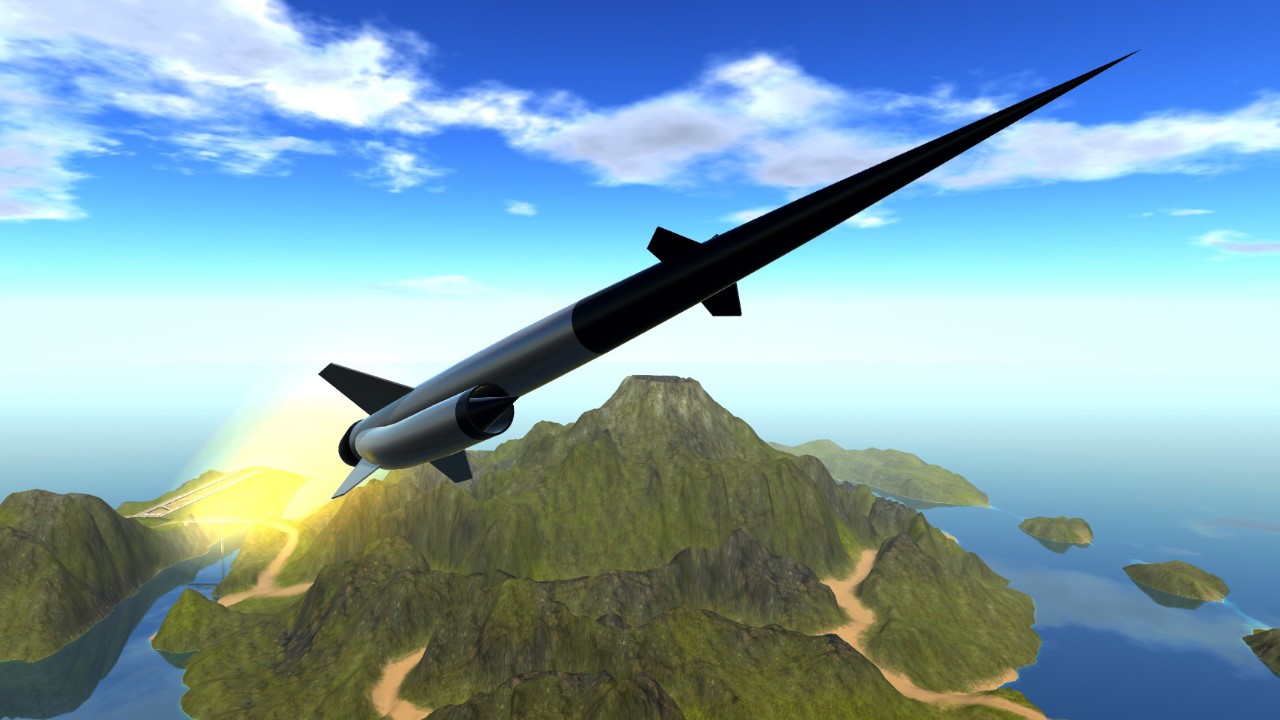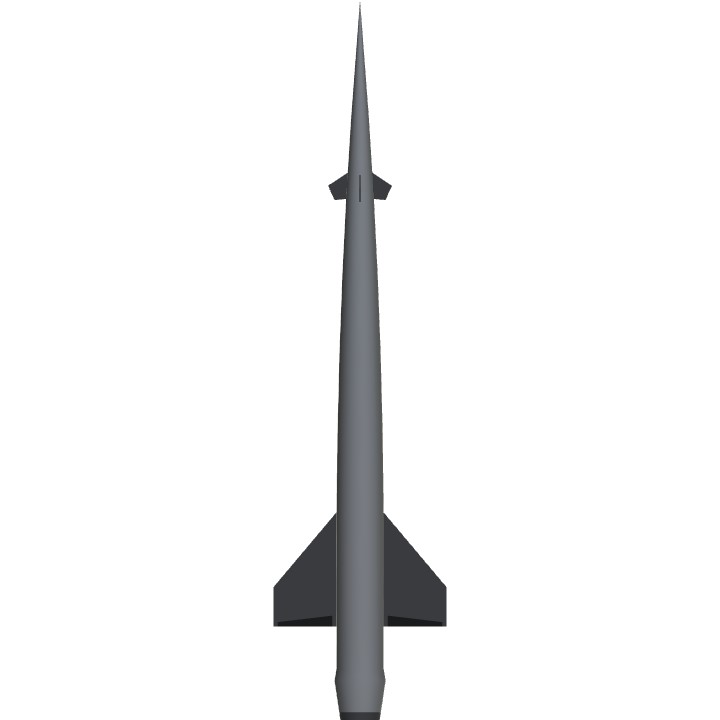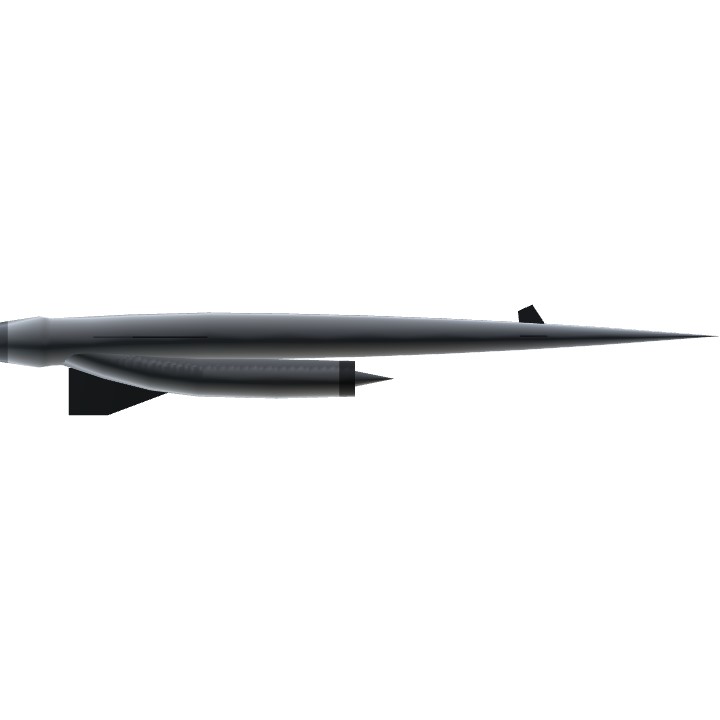On January 1, 1957, the U.S. Air Force and the U.S. Atomic Energy Commission selected the Lawrence Radiation Laboratory (the predecessor of the Lawrence Livermore National Laboratory, LLNL) to study the feasibility of applying heat from nuclear reactors to ramjet engines. This research became known as Project Pluto. The work was directed by Dr. Theodore Charles Merkle, leader of the laboratory's R-Division.
.
On May 14, 1961, the world's first nuclear ramjet engine, "Tory-IIA", mounted on a railroad car, roared to life for a few seconds. Three years later, "Tory-IIC" was run for five minutes at full power. Despite these and other successful tests, the Pentagon, sponsor of the "Pluto project", had second thoughts. The weapon was considered "too provocative", and it was believed that it would compel the Soviets to construct a similar device, against which there was no known defense. Intercontinental ballistic missile technology had proven to be more easily developed than previously thought, reducing the need for such highly capable cruise missiles. On July 1, 1964, seven years and six months after it was started, "Project Pluto" was canceled.
Specifications
General Characteristics
- Created On Windows
- Wingspan 35.8ft (10.9m)
- Length 150.1ft (45.8m)
- Height 22.7ft (6.9m)
- Empty Weight N/A
- Loaded Weight 37,558lbs (17,036kg)
Performance
- Power/Weight Ratio 1.884
- Wing Loading 53.9lbs/ft2 (263.4kg/m2)
- Wing Area 696.3ft2 (64.7m2)
- Drag Points 7270
Parts
- Number of Parts 46
- Control Surfaces 2
- Performance Cost 320

